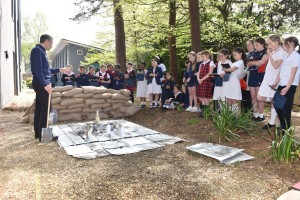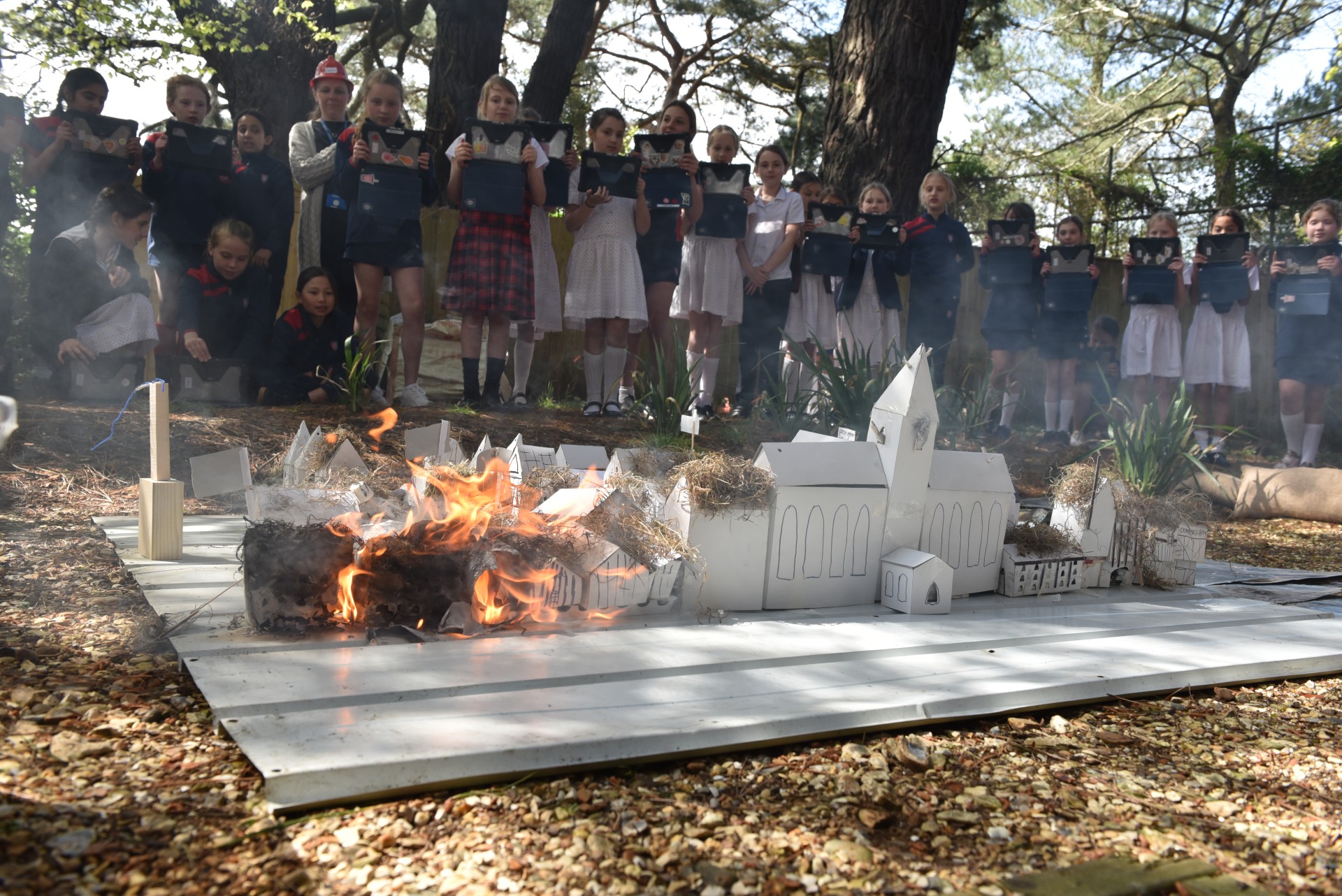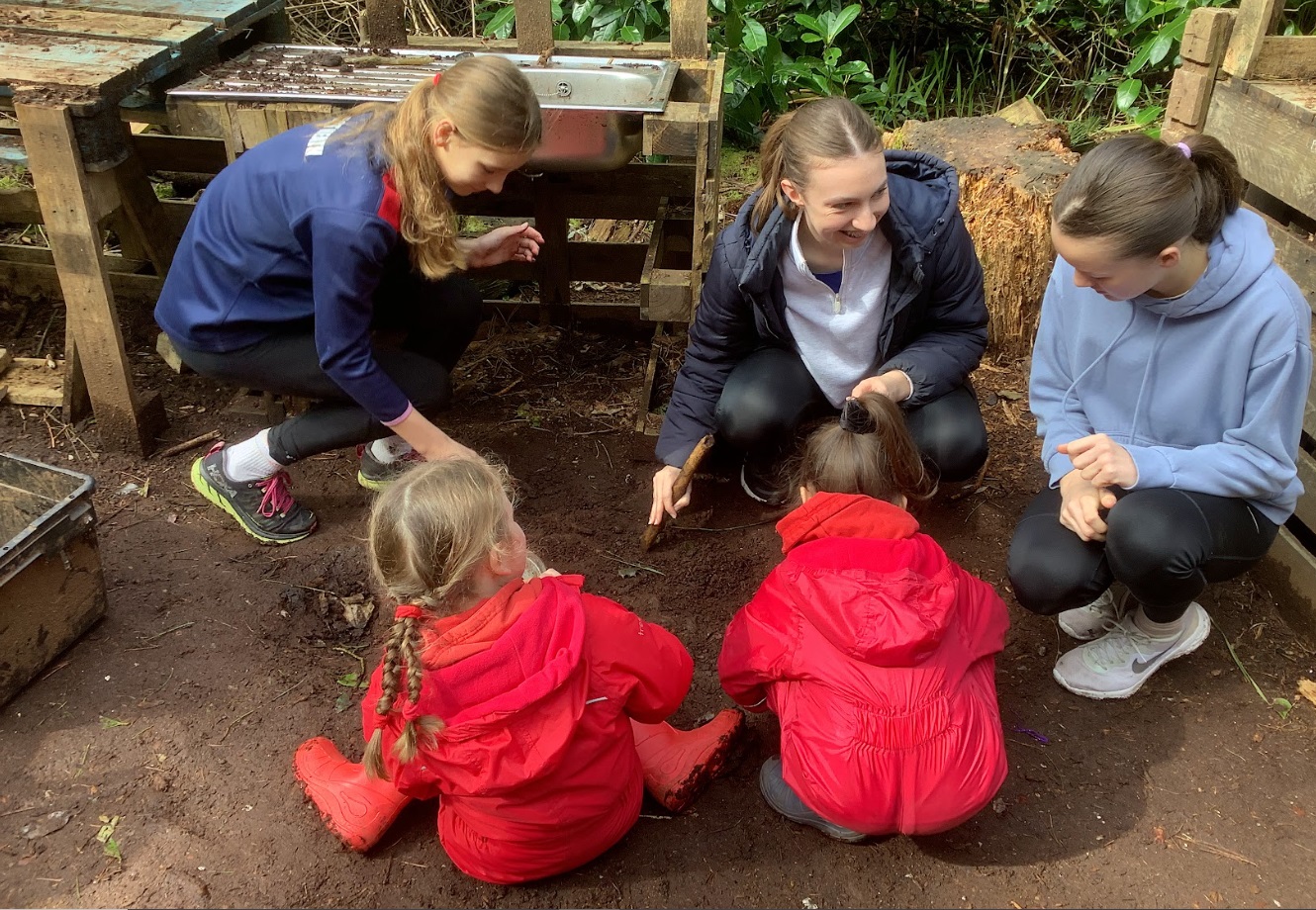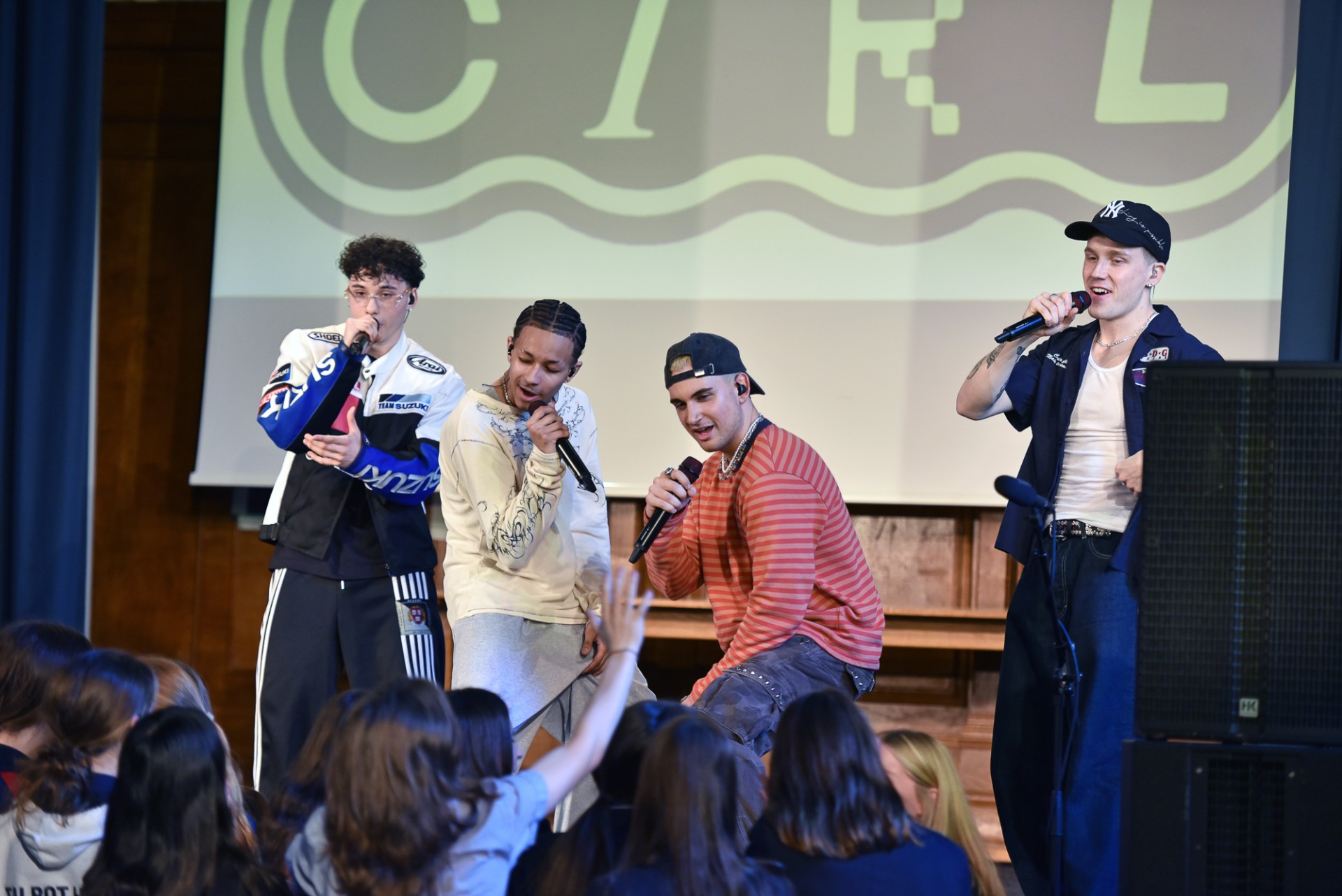Students in Year 5 enjoyed a combined Science and Design day in which they investigated the properties of materials used in buildings. In the morning they worked with the Mrs Smith to learn all about skyscrapers – how they are built to be earthquake proof, how the foundations help with stability, and how the choice of materials affects whether they are insulated and allow light in. In the room next door, students worked with Squire Morris and Squire Dob who were terrible Tudor architects. They told students how they built some calamitous buildings in London during the 1500s which were made of highly combustible materials which were squeezed very tightly together with overhanging jettys. Students learned how the building decisions made by Medieval and Tudor builders and architects created the ideal conditions for an enormous fire otherwise known as the Great Fire of London of 1666. The girls each made a Tudor style house from card which was supplied as a 2D net. They had to make it into a 3D building which had all the associated features of a Tudor house such as jettys, oak beams and straw roofs.
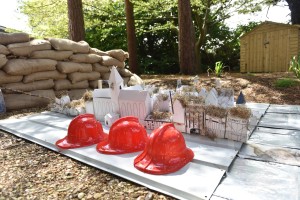
In the afternoon it was time to put the theory into practice with a large fire. All students gathered ready to film the event to create their own news report from 1666. The buildings were lined up and packed closely together to recreate 17th century London. The fire was started in one building (Thomas Farriner’s Bakery) and quickly spread to burn down any Tesco and Boots stores in its path (I wasn’t aware those brands were around in 1666). Students saw that the only buildings to survive were those that had a fire break before them. This led to a valuable discussion about planning towns effectively to begin with, as well as the use of bricks in future buildings.
Back to the time machine, Squire Morris
